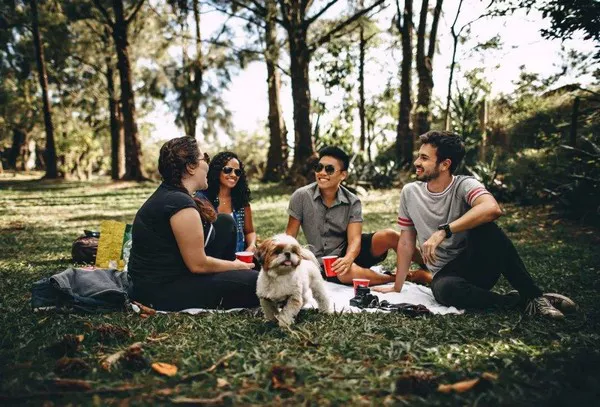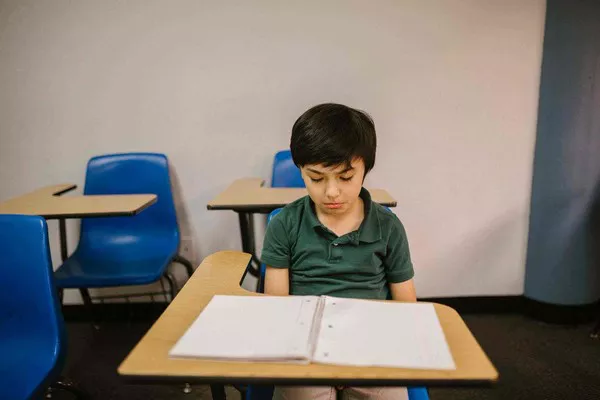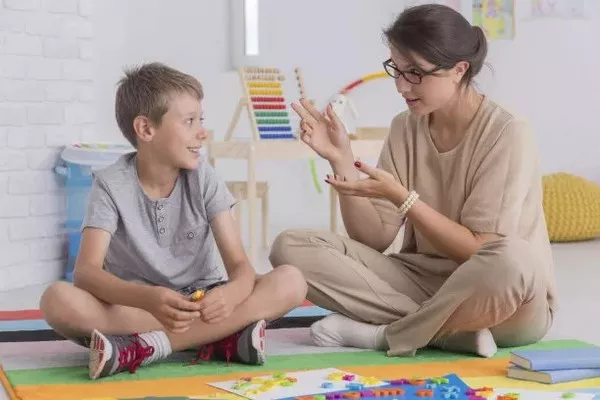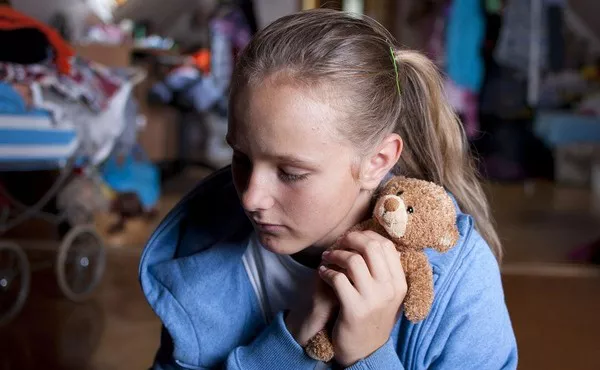Friendships can be some of the most rewarding relationships in life, yet they also tend to be vulnerable to misunderstandings, drifting apart, or simply losing touch over time. Whether it’s due to life changes, busy schedules, or even a fallout, losing connection with a good friend can leave you feeling unresolved and regretful. The good news is that reconnection is possible, and more often than not, it leads to stronger, healthier friendships. In this article, I’ll guide you through the process of reconnecting with a friend you stopped talking to, and share insights based on psychological principles that can help facilitate a meaningful reunion.
1. Reflect on What Happened
Before reaching out to your friend, it’s important to spend some time reflecting on the reasons why the friendship ended or fizzled out. Ask yourself:
What caused the distance between you two?
Was there a specific event or disagreement that led to the end of communication?
Were there emotions, such as anger or resentment, involved in the breakup?
Understanding the cause of the drift can help you approach the situation with more clarity and empathy. Sometimes, the lapse in communication is due to minor misunderstandings or simple neglect. Other times, there may be deeper emotional wounds that need to be addressed. Either way, being honest with yourself about what happened can help you reconnect in a healthy way.
2. Assess Your Motives for Reconnecting
Ask yourself: Why do you want to reconnect with this person? Are you seeking closure, rekindling an important friendship, or simply missing the good times you shared? It’s crucial to ensure your reasons for reaching out are genuine. If you’re acting out of guilt or loneliness, it might be helpful to pause and evaluate if reaching out will benefit both of you or only serve your own needs. Healthy motives might include:
You miss their company and believe the friendship is valuable.
You want to resolve an old conflict that has been bothering you.
You’re at a new stage in your life and feel more mature and ready to restore the connection.
Being aware of your intentions can help ensure that the reconnection is more likely to be successful and meaningful.
3. Choose the Right Method of Communication
Once you’ve reflected on the situation and your motives, it’s time to think about how to initiate contact. The method you choose will depend on the nature of your past relationship and the circumstances that led to the disconnection. Some people might feel more comfortable starting with a low-pressure text or social media message, while others may prefer the depth of a phone call or face-to-face meeting.
Consider these options:
Texting or Messaging: This is a low-pressure way to test the waters. It gives the other person the chance to respond when they feel ready and isn’t as intrusive as a phone call or an in-person visit.
Phone Call: If your friendship was deeper, a phone call might be more appropriate. Hearing someone’s voice can provide clarity and allow for more meaningful conversation than text.
Email or Letter: For more serious reconnections, such as if there was a major fallout or hurt feelings involved, a longer, more thoughtful approach like an email or letter may be the best way to express your thoughts and intentions.
When choosing the method, think about how your friend might feel comfortable being approached. The goal is to make them feel safe and open to rekindling the relationship.
4. Acknowledge the Silence
When you first reconnect, it’s important to acknowledge the time that has passed since you last spoke. Avoid jumping back into the friendship as if nothing happened, especially if there were unresolved issues. A simple acknowledgment of the distance can clear the air and set the stage for an open and honest conversation.
For example, you could say something like:
“I’ve been thinking about you lately and realized it’s been a while since we last talked.”
“I’m sorry we lost touch, and I’d love to catch up and see how you’ve been.”
If there were hurt feelings or misunderstandings, it might be worth mentioning that you’re open to discussing what happened if your friend is comfortable. Transparency and openness can pave the way for a more authentic reconnection.
5. Take Responsibility, If Necessary
If you’re aware that your actions played a role in the disconnect, it’s important to take responsibility for your part. Apologizing, when appropriate, can help mend the relationship and show that you’re sincere about moving forward.
Psychologically, this falls under the principle of “restorative justice,” where acknowledging harm done and expressing a desire to make amends can rebuild trust and foster reconciliation. However, it’s also important to avoid over-apologizing or bringing up past grievances unnecessarily. Focus on what’s most relevant to your current intentions.
For example:
“I’m sorry if I contributed to
the distance between us. I really value our friendship and hope we can move forward.”
This signals to your friend that you’re self-aware and willing to make things right.
See Also: How to Differentiate Friendship and Love?
6. Be Patient and Respectful of Their Response
Reaching out to reconnect is a vulnerable act, and it’s important to respect the other person’s response, whatever that may be. While you may be eager to rekindle the friendship, your friend may need more time to process or may not be ready to reconnect right away.
There are a few possible outcomes:
Positive Reception: Your friend might respond enthusiastically, eager to reconnect. If so, that’s great! Take the time to catch up, but don’t rush the friendship back to its previous level. Allow it to evolve naturally.
Cautious or Reserved Response: Your friend may respond, but with hesitation. This could be due to past hurt or simply needing time to open up again. In this case, be patient and give them the space they need while maintaining an open and kind attitude.
No Response: Unfortunately, not all reconnection attempts are successful. If your friend doesn’t respond, it’s important to respect their decision. You can find closure in knowing that you made a genuine effort, even if the outcome wasn’t what you hoped for.
7. Reconnect Through Shared Interests
Once you’ve reestablished communication, focus on rebuilding your connection through shared activities or interests. This could be as simple as reminiscing about old times, sharing updates on your lives, or even making plans to meet up for coffee or engage in a hobby you both enjoy.
From a psychological perspective, shared experiences are a powerful way to reignite the emotional bond between two people. By focusing on positive, light-hearted interactions at first, you can rebuild trust and comfort without diving into deeper or more challenging discussions right away.
8. Set Realistic Expectations
As you reconnect, it’s important to set realistic expectations for how the friendship will develop. Your relationship may not immediately return to what it once was, and that’s okay. Both of you may have changed during your time apart, and your friendship will evolve in new ways.
It’s crucial to allow space for this growth and not expect things to pick up exactly where they left off. Psychologically, this flexibility helps prevent disappointment and allows the friendship to rebuild organically.
9. Nurture the Reconnection
Once you’ve reconnected, make an effort to nurture the relationship. Regular communication, even in small doses, can help maintain the bond. It’s also important to be mindful of each other’s boundaries and life circumstances. Rebuilding a friendship takes time and effort from both sides.
Conclusion
Reconnecting with a friend you stopped talking to can feel intimidating, but with the right approach, it can be a rewarding and healing experience. By reflecting on the past, approaching the situation with empathy, and respecting your friend’s feelings, you can rebuild a meaningful connection. Keep in mind that every friendship is unique, and the journey back to closeness may take time, but the effort is well worth it in the end.
Related topics:





















